Click on images to enlarge
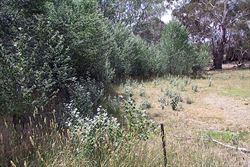
infestation (Photo: Jackie Miles and Max Campbell)
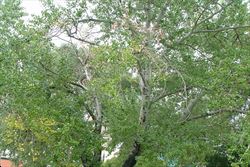
habit in summer (Photo: Sheldon Navie)

habit in winter (Photo: Sheldon Navie)
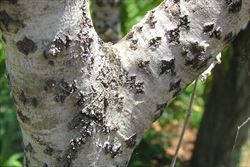
close-up of light grey bark on main trunk (Photo: Sheldon Navie)
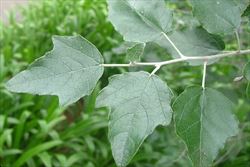
slightly-lobed leaves (Photo: Sheldon Navie)
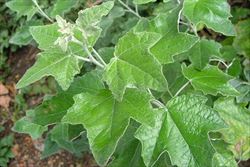
the leaves of younger trees and suckers are usually larger and more deeply-lobed (Photo: Sheldon Navie)
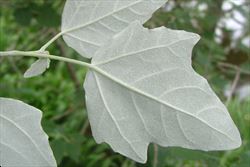
close-up of whitish-hairy young stems and leaf undersides (Photo: Sheldon Navie)
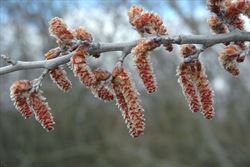
male flower clusters (Photo: Rob and Fiona Richardson)
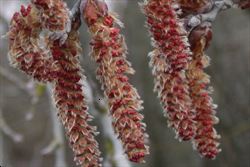
close-up of male flowers (Photo: Rob and Fiona Richardson)
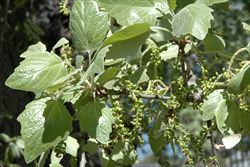
female flower clusters with new growth in spring (Photo: Rob and Fiona Richardson)
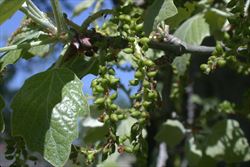
close-up of female flowers (Photo: Rob and Fiona Richardson)
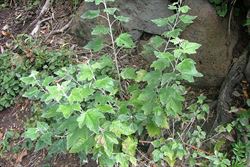
root suckers (Photo: Sheldon Navie)
Scientific Name
Populus alba L.
Family
Salicaceae
Common Names
abele, European white poplar, poplar, silver leafed poplar, silver poplar, silver-leaf poplar, silverleaf poplar, silver-leaved poplar, white poplar
Origin
Native to north-western Africa (i.e. northern Algeria, Morocco and Tunisia), the Canary Islands, Europe (i.e. France, Spain, Austria, Czechoslovakia, Germany, Hungary, Poland, Switzerland, Albania, Bulgaria, Greece, Italy, Romania, Yugoslavia, Belarus, Ukraine and western Russia), western Asia (i.e. Turkey, southern Russia, Kazakhstan, Turkmenistan and Uzbekistan) and western China.
Naturalised Distribution
Widely naturalised in southern Australia (i.e. in some parts of eastern New South Wales, in the ACT, in Victoria and Tasmania, in south-eastern South Australia, and in the coastal districts of south-western Western Australia). Also sparingly naturalised in the cooler sub-coastal districts of south-eastern Queensland.
Naturalised overseas in southern Africa, North America and New Zealand.
Notes
White poplar (Populus alba) is regarded as an environmental weed in the ACT, New South Wales, Victoria. South Australia and Western Australia. It spreads by suckers and can from dense thickets in gullies and along streams in the temperate regions of Australia.

